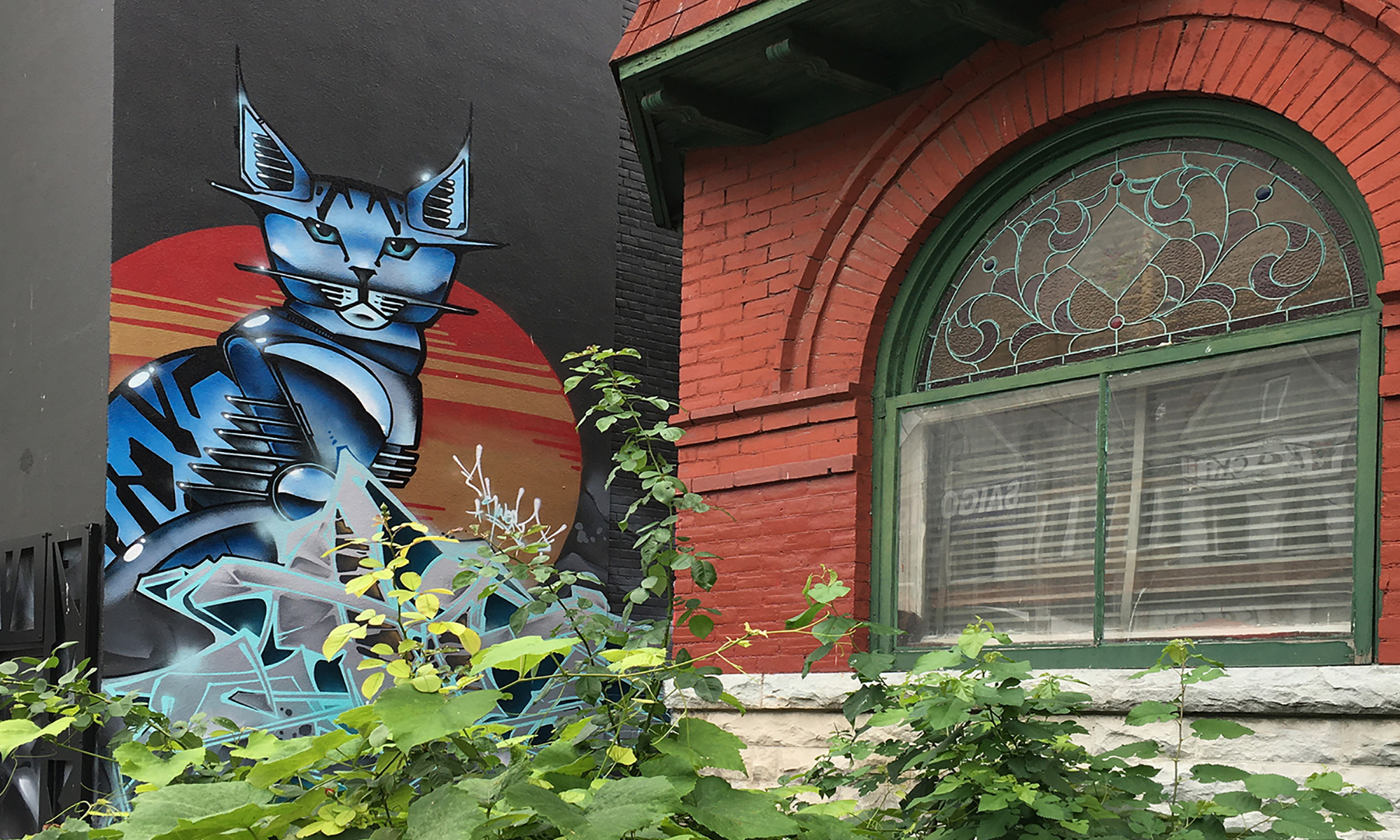The Portuguese community’s intertwined social and entrepreneurial networks explain why the Portuguese moved from Kensington Market into adjacent neighbourhoods and, eventually, the suburbs. As more Portuguese arrived, they expanded westward along College Street to Dovercourt and northward to Bloor Street West.[1] By the start of this century, “Little Portugal” in Kensington Market had expanded to St. Clair Avenue in the north, King Street West to the south, Landsdowne Avenue and the Canadian National Railway to the west, and Spadina Avenue to the east.[2] The Portuguese remained in Kensington Market and adjacent neighbourhoods because they preferred to live in close proximity to friends and relatives who shared linguistic and cultural similarities. In addition, the Portuguese lived within close-knit communities of friends and relatives to secure employment. Interestingly, a recent study identifies real estate agents as major influencers in channeling Portuguese settlement from Kensington Market to adjacent neighbourhoods and suburbs.[3] As trusted and respected individuals, real estate agents marketed and advertised themselves to their Portuguese friends and relatives who employed their services.[4] Through word of mouth, these friends and relatives referred other clients to real estate agents who assisted their referred clients to move into Portuguese concentrated neighbourhoods.[5]
